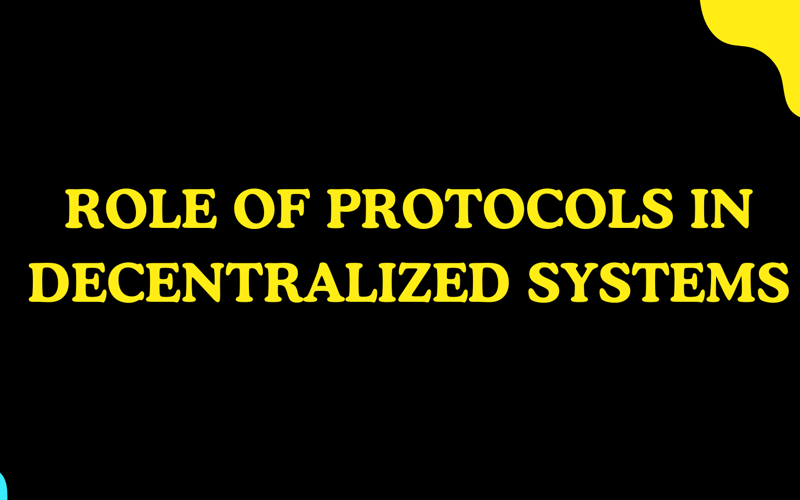Introduction
Protocols play a crucial role in defining how data is shared and managed in the evolving landscape of decentralized web technologies. This blog post explores the concept of protocols within Decentralized Web Nodes (DWNs) and their importance in shaping the future of decentralized applications.
What are Protocols in DWNs?
Protocols in the context of Decentralized Web Nodes are more than just communication rules. They serve as comprehensive blueprints that define both the data schema and the contract by which two DWNs agree to communicate and share data. In essence, protocols encapsulate two critical aspects of decentralized applications:
- Data Schema: The structure and format of the data being stored and shared.
-
Data Permissions: The rules governing who can access, modify, or interact with the data.
- Action: A subset of permission
The JSON Format of Protocols
Protocols in DWNs are written in a JSON format, providing a flexible yet structured way to define application behavior. This format allows developers to detail:
The objects stored as part of the application
The permissions associated with these objects
Here’s a simplified example of what a protocol definition might look like:
{
"protocol": "https://example.com/social-media-protocol",
"published": true,
"types": {
"post": {
"schema": "https://example.com/post-schema.json",
"dataFormats": ["application/json"]
},
"comment": {
"schema": "https://example.com/comment-schema.json",
"dataFormats": ["application/json"]
}
},
"structure": {
"post": {
"$actions": [
{ "who": "author", "can": "write" },
{ "who": "anyone", "can": "read" }
]
},
"comment": {
"parentPost": {
"$actions": [
{ "who": "anyone", "can": "write" },
{ "who": "anyone", "can": "read" }
]
}
}
}
}
Features of DWN Protocols
Several features make DWN protocols stand out:
- Self-Describing Nature: Protocols are self-contained, including both schema and permissions, facilitating easier understanding and implementation.
- Hierarchical Structures: Protocols can define complex data relationships, like comments on posts, with granular permission controls.
- Dynamic Permissions: The ‘who’ field in actions can be dynamic, allowing for sophisticated access control based on roles or conditions.
- Protocol Composability: DWN protocols can be designed to be composable, allowing developers to build complex applications from simpler, reusable protocol components.
Use Cases
Let’s explore some innovative applications of DWN protocols:
- Decentralized Social Media: Users own their posts, comments, and connections, sharing them selectively across platforms.
- Personal Health Records: Patients control their medical data, granting temporary access to healthcare providers as needed.
- Collaborative Work Environments: Teams can share and collaborate on documents without relying on a central cloud provider.
- Decentralized Finance (DeFi): Financial data and transactions can be managed through personal DWNs, interacting with various DeFi protocols.
Conclusion
Protocols are the foundation upon which decentralized systems, including Web5, are built. By defining clear rules for data management, communication, and interaction, they enable the creation of robust, user-centric digital ecosystems. As we continue to explore the possibilities of decentralization, understanding and leveraging these protocols will be crucial for developers, users, and businesses alike. The future of the web is being shaped by these protocols, promising a more open, interoperable, and user-empowered digital world.
Connect with me here
Source link
lol


